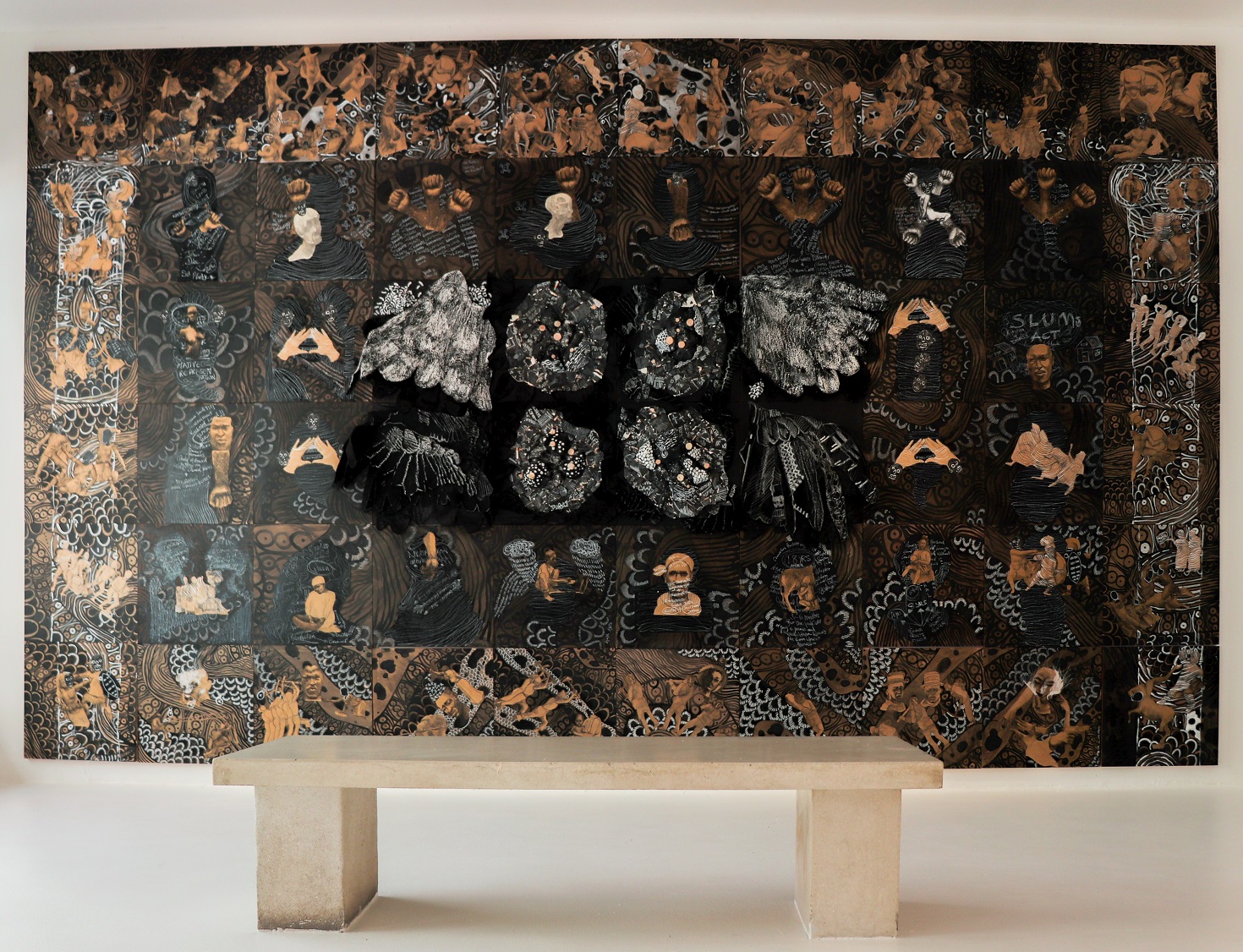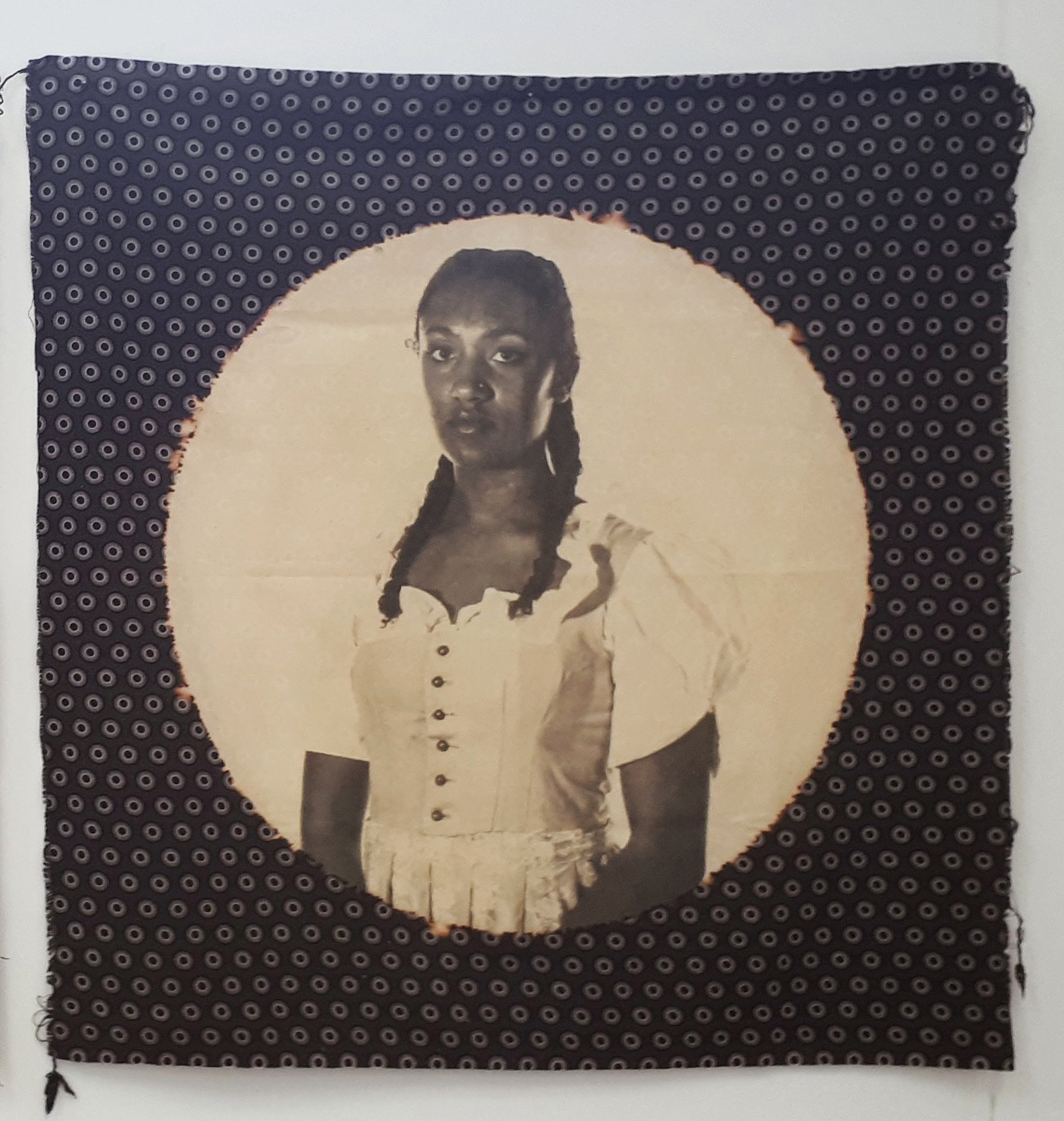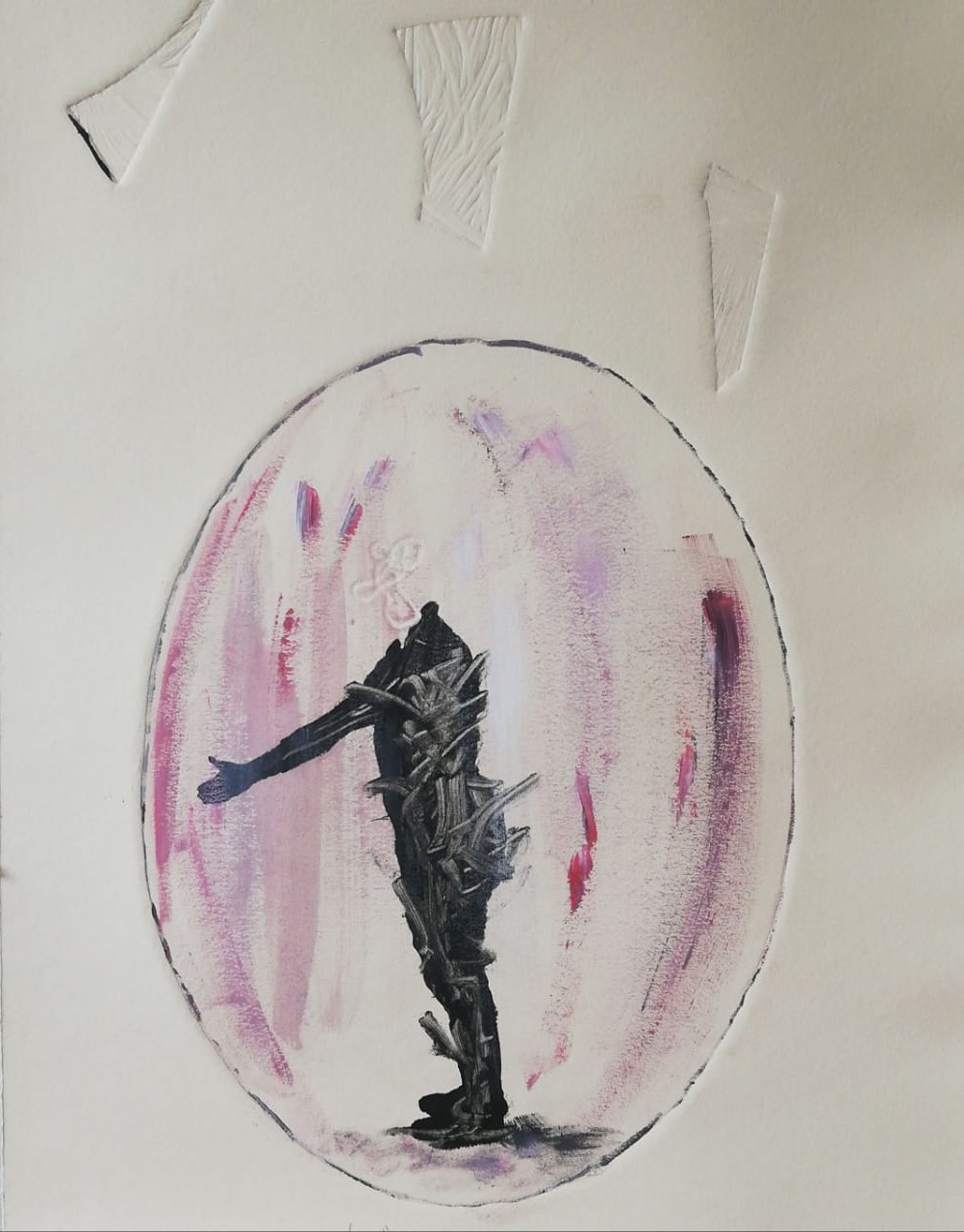Curator Carlyn Strydom has been active in the heritage and arts sector for 7 years. Her own story in curatorship is tied to the development of the What is South Africa, even? project. Carlyn began her journey at the Holocaust Centre in Cape Town after she completed her first degree. An appreciation for how to curate, more specifically, how history can be curated and the gaps that are always present in this curation, started to grow. She began to think about curating as a potential profession for herself after attending UCT’s then newly established Curatorship programme, and later completing a Masters in Heritage Studies. With this collection of research and experience Carlyn contemplated our history and the ways it has been used and distorted over time.
“That degree was really history intensive, I studied South African history, relating to slavery in particular, and it was quite annoying to read things that made no sense or where beyond the truth. I knew I needed to do something about what I had ingested over the years and create my own history, or rather our history.”
Eventually moving on to work at a commercial art gallery, Carlyn became familiar with the practical aspects of working as a curator, and here is where the What is South Africa, even? project took shape. “I curated the first iteration of this project at Worldart gallery in Cape Town. Because of the responses to the exhibition then I knew I would have to continue this.”
The project explores ideas about the nation and what this means in South Africa, a country that is still coming to terms with itself, its diversity and its complexity. With Carlyn selected as part of the Bag Factory Artists’ Studios 2018 Curatorial Development Programme, she was able to develop the second iteration of the project in Johannesburg. Presented as a group show curated by Carlyn, What is South Africa, even? Vol 2. sees the work of Ronald Muchatuta, Vivien Kohler, Jasmin Valcarcel , Thina Dube, Neo Gilder, Simphiwe Buthelezi and Andrew Ntshabele alongside each other.
I interviewed Carlyn to find out about her curatorial approach and the thinking behind this iteration of the project.
How does the second iteration of this project expand on and/or bring new angles to the questions related to the idea of the nation in South Africa as a diverse and evolving country?
One of the things I am trying to do with this project is reflect on what it means to be part of this nation, especially one that has so much growing up to do. Considering that ideas of the nation in the past have relied heavily on exclusion, and South Africa’s difficulty in coming to terms with the end of colonialism and apartheid, the aim is to try and bring new light to the circumstances that influence our sense of belonging here. I also want to write our history – we know that there are many gaps and that the experiences of everyday people are not always present in historical narratives, the exhibition serves as a way to think through ‘historical loss’ and also serves as a way to include. The project is really about inclusion.
Because this iteration takes place in Johannesburg, new experiences have emerged. What we can tell, so far, is that there is an underlying similarity – a sort of connective material in all of the works but the subject matter is so different. Although the curatorial question is broad and really is a question we will be answering forever – the nuances are what’s important to the vision of the project. We all know that South Africa is struggling (mind you, not South Africa only. There is a global trend towards nationalism, which is really frightening because it seems that either people have forgotten what has happened in our recent past or have never fully understood it) and we could just leave it at that, but we have to know what those struggles are. Is it poverty, violence, pollution, race, etc.? Those are the things that are brought to the fore in the exhibition. We look at the nuances, the individual experiences to try and understand where we are and what we hope to become as a nation.
Please share more about your curatorial approach for this show?
For this show I worked mostly with Johannesburg based artist[s] and as the show is in the city, I wanted to bring that experience of being in the city to the exhibition. Each iteration of the series will rely mostly on those who live in the area because we want to get a sense of each place in the country – Cape Town is very different to Polokwane, for example, so working with those who are from the area was essential to my curatorial approach.
I’ve also selected artists on the merits of their works – each of the artists are doing well in terms of their subject matter and their mediums. It was also important to have an exhibition that can showcase emergent artists in a variety of mediums.
The other aspect that is important is me being able to learn from the artists. With each iteration that is the goal for myself as curator.
The opening night, 28 February, will see a performance by drummer, producer and speculative fiction writer Mandisi Nkomo aka The Dark Cow.
The exhibition runs at the Bag Factory until 20 March.























































